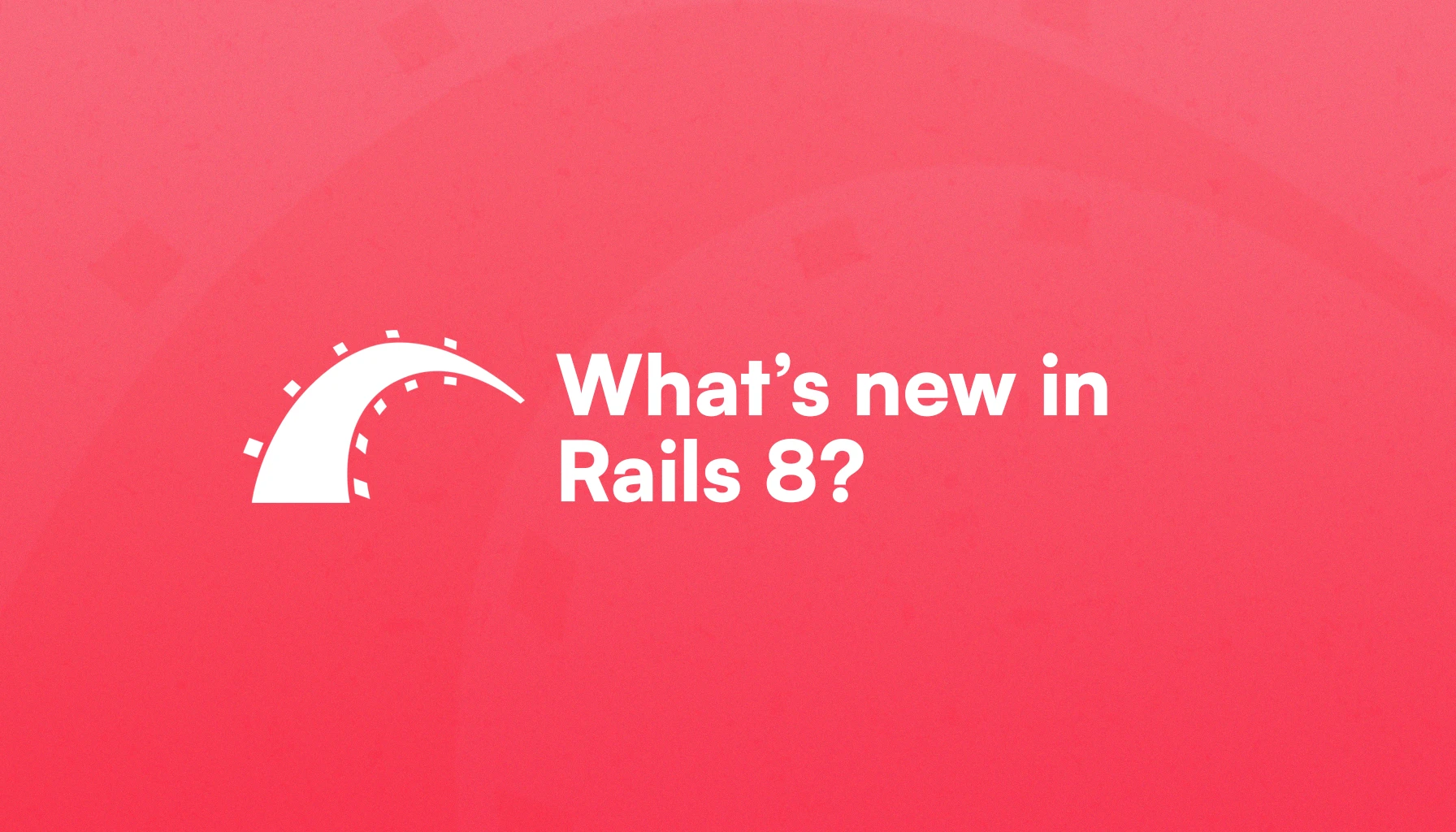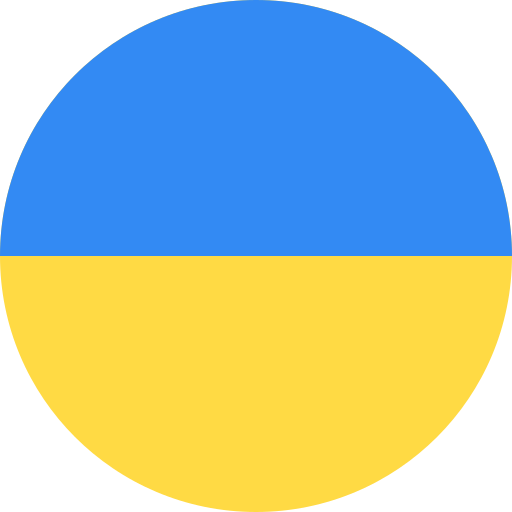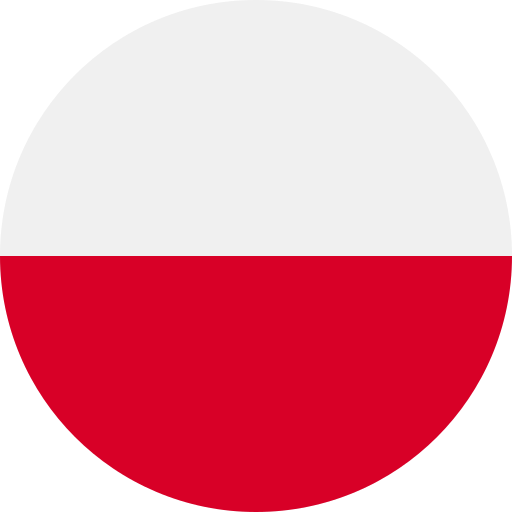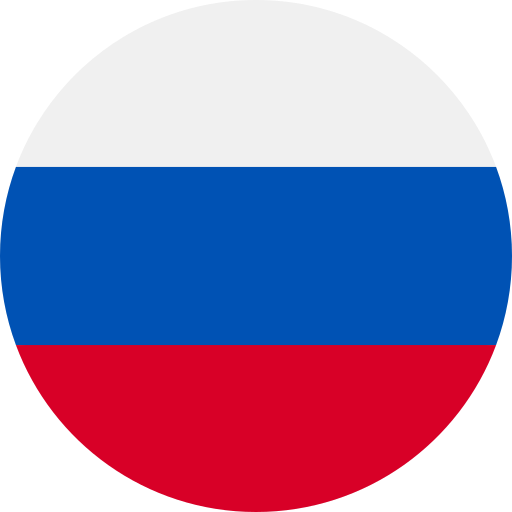What is the difference between Rails 7 and 8?

Main Differences Between Rails 7 and Rails 8
1. Simplified Deployment with Kamal 2 and Thruster
Rails 8 integrates with Kamal 2, a tool that simplifies application deployment across various platforms, including cloud virtual machines, physical servers, and VPS. With the kamal setup command, you can quickly configure a production environment. Combined with Thruster, a specialized proxy server for Rails, it enables zero-downtime deployment, HTTP/2 support, automatic SSL certificate acquisition, and Gzip compression.
2. New Solid Adapters for Simplified Infrastructure
Rails 8 introduces three new adapters — Solid Cable, Solid Cache, and Solid Queue — that eliminate the need for third-party services like Redis for task queues, caching, and messaging.
3. Propshaft: The New Default Asset Pipeline
Propshaft replaces Sprockets as the default asset pipeline in Rails 8. It is a more modern and lightweight tool for managing static assets.
4. Built-in Authentication System
Rails 8 includes a built-in generator for setting up an authentication system, including models, controllers, mailers, and views. This simplifies the process of adding authentication to an application.
5. Improved SQLite Support for Production Environments
Rails 8 significantly enhances SQLite integration, making it a fully viable option for production environments.
6. New script Folder and Script Generator
Rails 8 introduces a new script folder for organizing one-time or auxiliary scripts. The script generator allows developers to quickly create and manage custom scripts.
7. Enhancements in Active Record
Rails 8 brings several improvements to Active Record, including support for table inheritance in PostgreSQL, bulk fixture inserts for better performance, and improved transaction handling.
Overall, the transition from Rails 7 to Rails 8 provides developers with simpler and more efficient tools for building, deploying, and managing web applications.
Назад



